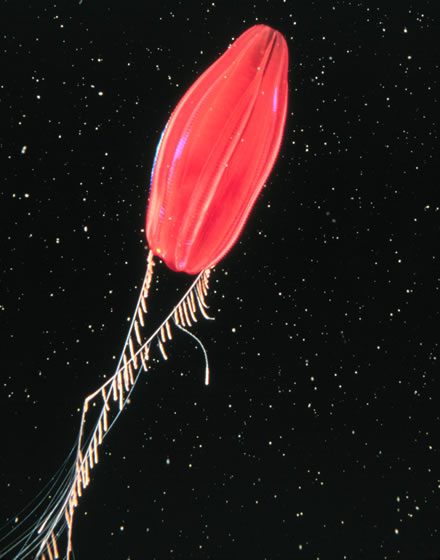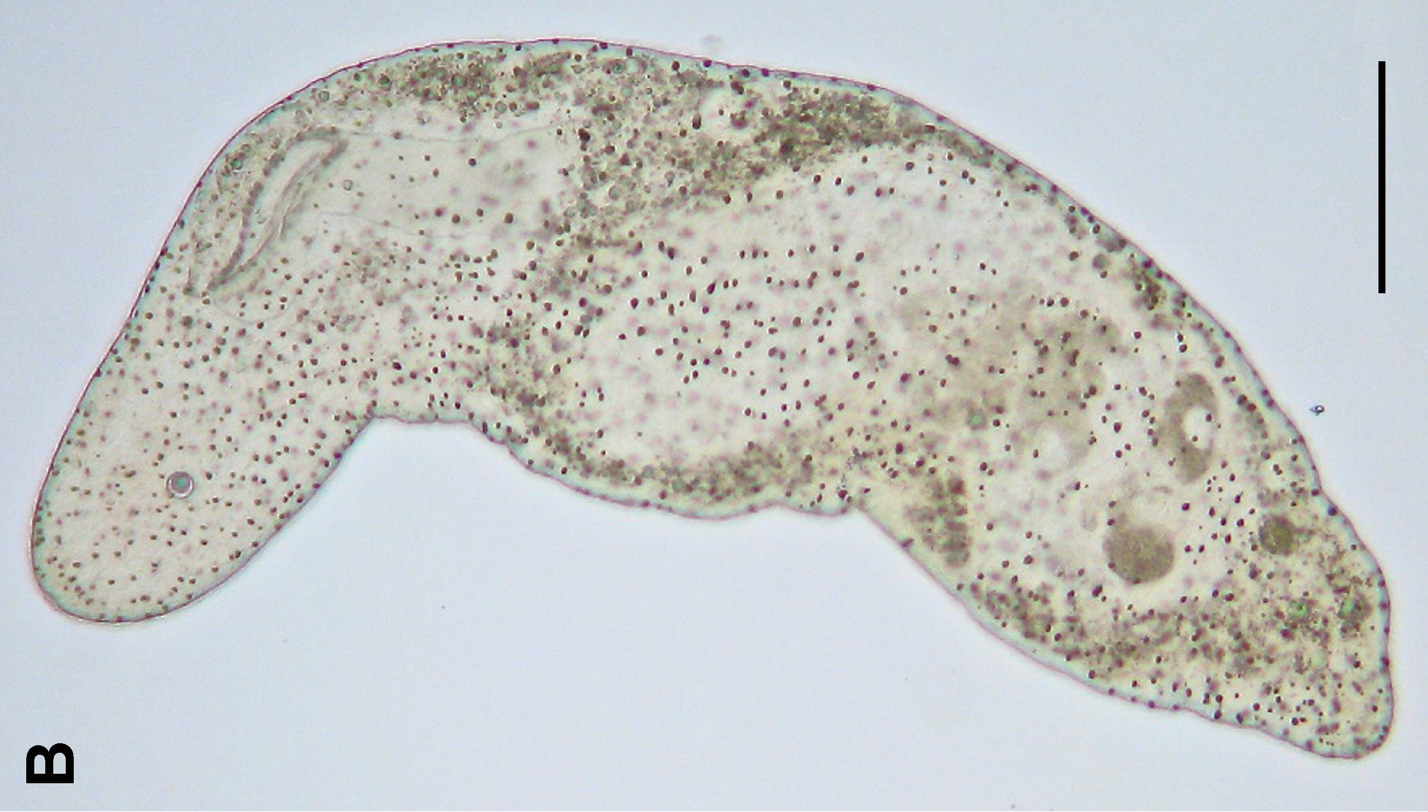|
Holothuria Glaberrima
''Holothuria (Selenkothuria) glaberrima'', also known as the brown rock sea cucumber, is a species of sea cucumber in the genus '' Holothuria'', subgenus ''Selenkothuria''. The cucumber is distributed in the Western Atlantic Ocean, the Caribbean Sea, and the Gulf of Mexico. The species is found at a depth of 0–42 meters. Description The body of ''Holothuria glaberrima'' is cigar-shaped, with a whorl of twenty bushy feeding tentacles at the anterior end surrounding the mouth. The cuticle is leathery and tough; the dorsal surface is smooth, while the ventral surface or "sole" bears three longitudinal rows of dark brown tube feet. This sea cucumber grows to a length of . The general colour is blackish, dark brown or occasionally grey, without any spots, while the tentacles are black. Distribution and habitat ''Holothuria glaberrima'' is native to the tropical western Atlantic Ocean, the Caribbean Sea and the Gulf of Mexico; its range includes the West Indies. Florida, Mexico, ... [...More Info...] [...Related Items...] OR: [Wikipedia] [Google] [Baidu] |
Emil Selenka
Emil Selenka (27 February, 1842, Braunschweig – 20 February, 1902, Munich) was a German zoologist. He is known for his research on invertebrates and apes and the scientific expeditions he organized to Southeast Asia and South America. Life Selenka was the son of bookbinder Johannes Selenka (1801–1871). He studied natural history at the University of Göttingen, and following a graduate dissertation on Holothuroidea, he remained in Göttingen as an assistant to Wilhelm Moritz Keferstein (1833-1870). His research was in this period mainly on the anatomy, taxonomy and embryology of marine invertebrates, especially organisms from the phylum Echinodermata. In 1868 he became a professor of zoology and comparative anatomy at the University of Leiden, followed by a professorship at the University of Erlangen in 1874. In 1895 he was given an honorary professorship at the University of Munich. He was co-founder of the journal ''Biologisches Zentralblatt''. His l ... [...More Info...] [...Related Items...] OR: [Wikipedia] [Google] [Baidu] |
Sea Cucumber
Sea cucumbers are echinoderms from the class Holothuroidea (). They are marine animals with a leathery skin and an elongated body containing a single, branched gonad. Sea cucumbers are found on the sea floor worldwide. The number of holothurian () species worldwide is about 1,717, with the greatest number being in the Asia-Pacific region. Many of these are gathered for human consumption and some species are cultivated in aquaculture systems. The harvested product is variously referred to as '' trepang'', ''namako'', ''bêche-de-mer'', or ''balate''. Sea cucumbers serve a useful role in the marine ecosystem as they help recycle nutrients, breaking down detritus and other organic matter, after which bacteria can continue the decomposition process. Like all echinoderms, sea cucumbers have an endoskeleton just below the skin, calcified structures that are usually reduced to isolated microscopic ossicles (or sclerietes) joined by connective tissue. In some species these can so ... [...More Info...] [...Related Items...] OR: [Wikipedia] [Google] [Baidu] |
Holothuria
''Holothuria'' is the type genus of the marine animal family Holothuriidae, part of the class Holothuroidea, commonly known as sea cucumbers. Members of the genus are found in coastal waters in tropical and temperate regions. They are soft bodied, limbless invertebrates that dwell on the ocean floor and are usually detritivore. They resemble a cucumber in form. The genus contains some species that are harvested and sold as food. Species The following species are recognised in the genus ''Holothuria'': * Subgenus ''Acanthotrapeza'' ** '' Holothuria coluber'' ** ''Holothuria kubaryi'' ** ''Holothuria pyxis'' ** ''Holothuria tripilata'' * Subgenus ''Cystipus'' ** ''Holothuria casoae'' ** ''Holothuria cubana'' ** ''Holothuria dura'' ** ''Holothuria hartmeyeri'' ** ''Holothuria inhabilis'' ** ''Holothuria jousseaumei'' ** ''Holothuria mammosa'' ** ''Holothuria occidentalis'' ** ''Holothuria pseudofossor'' ** '' Holothuria rigida'' ** ''Holothuria sucosa'' ** ... [...More Info...] [...Related Items...] OR: [Wikipedia] [Google] [Baidu] |
Tentacle
In zoology, a tentacle is a flexible, mobile, and elongated organ present in some species of animals, most of them invertebrates. In animal anatomy, tentacles usually occur in one or more pairs. Anatomically, the tentacles of animals work mainly like muscular hydrostats. Most forms of tentacles are used for grasping and feeding. Many are sensory organs, variously receptive to touch, vision, or to the smell or taste of particular foods or threats. Examples of such tentacles are the eyestalks of various kinds of snails. Some kinds of tentacles have both sensory and manipulatory functions. A tentacle is similar to a cirrus, but a cirrus is an organ that usually lacks the tentacle's strength, size, flexibility, or sensitivity. A nautilus has cirri, but a squid has tentacles. Invertebrates Molluscs Many molluscs have tentacles of one form or another. The most familiar are those of the pulmonate land snails, which usually have two sets of tentacles on the head: when e ... [...More Info...] [...Related Items...] OR: [Wikipedia] [Google] [Baidu] |
Tube Feet
Tube feet (technically podia) are small active tubular projections on the oral face of an echinoderm, whether the arms of a starfish, or the undersides of sea urchins, sand dollars and sea cucumbers; they are more discreet though present on brittle stars, and have only a feeding function in feather stars. They are part of the water vascular system. Structure and function Tube feet function in locomotion, feeding, and respiration. The tube feet in a starfish are arranged in grooves along the arms. They operate through hydraulic pressure. They are used to pass food to the oral mouth at the center, and can attach to surfaces. A starfish that is inverted turns one arm over and attaches it to a solid surface, and levers itself the right way up. Tube feet allow these different types of animals to stick to the ocean floor and move slowly. Each tube foot consists of two parts: the ampulla and the podium. The ampulla is a water-filled sac contained in the body of the animal that co ... [...More Info...] [...Related Items...] OR: [Wikipedia] [Google] [Baidu] |
Caribbean Sea
The Caribbean Sea ( es, Mar Caribe; french: Mer des Caraïbes; ht, Lanmè Karayib; jam, Kiaribiyan Sii; nl, Caraïbische Zee; pap, Laman Karibe) is a sea of the Atlantic Ocean in the tropics of the Western Hemisphere. It is bounded by Mexico and Central America to the west and southwest, to the north by the Greater Antilles starting with Cuba, to the east by the Lesser Antilles, and to the south by the northern coast of South America. The Gulf of Mexico lies to the northwest. The entire area of the Caribbean Sea, the numerous islands of the West Indies, and adjacent coasts are collectively known as the Caribbean. The Caribbean Sea is one of the largest seas and has an area of about . The sea's deepest point is the Cayman Trough, between the Cayman Islands and Jamaica, at below sea level. The Caribbean coastline has many gulfs and bays: the Gulf of Gonâve, Gulf of Venezuela, Gulf of Darién, Golfo de los Mosquitos, Gulf of Paria and Gulf of Honduras. The Caribbean Sea has ... [...More Info...] [...Related Items...] OR: [Wikipedia] [Google] [Baidu] |
Gulf Of Mexico
The Gulf of Mexico ( es, Golfo de México) is an ocean basin and a marginal sea of the Atlantic Ocean, largely surrounded by the North American continent. It is bounded on the northeast, north and northwest by the Gulf Coast of the United States; on the southwest and south by the Mexican states of Tamaulipas, Veracruz, Tabasco, Campeche, Yucatan, and Quintana Roo; and on the southeast by Cuba. The Southern U.S. states of Texas, Louisiana, Mississippi, Alabama, and Florida, which border the Gulf on the north, are often referred to as the " Third Coast" of the United States (in addition to its Atlantic and Pacific coasts). The Gulf of Mexico took shape approximately 300 million years ago as a result of plate tectonics.Huerta, A.D., and D.L. Harry (2012) ''Wilson cycles, tectonic inheritance, and rifting of the North American Gulf of Mexico continental margin.'' Geosphere. 8(1):GES00725.1, first published on March 6, 2012, The Gulf of Mexico basin is roughly ov ... [...More Info...] [...Related Items...] OR: [Wikipedia] [Google] [Baidu] |
Echinoderm
An echinoderm () is any member of the phylum Echinodermata (). The adults are recognisable by their (usually five-point) radial symmetry, and include starfish, brittle stars, sea urchins, sand dollars, and sea cucumbers, as well as the sea lilies or "stone lilies". Adult echinoderms are found on the sea bed at every ocean depth, from the intertidal zone to the abyssal zone. The phylum contains about 7,000 living species, making it the second-largest grouping of deuterostomes, after the chordates. Echinoderms are the largest entirely marine phylum. The first definitive echinoderms appeared near the start of the Cambrian. The echinoderms are important both ecologically and geologically. Ecologically, there are few other groupings so abundant in the biotic desert of the deep sea, as well as shallower oceans. Most echinoderms are able to reproduce asexually and regenerate tissue, organs, and limbs; in some cases, they can undergo complete regeneration from a single limb. ... [...More Info...] [...Related Items...] OR: [Wikipedia] [Google] [Baidu] |
Model Organism
A model organism (often shortened to model) is a non-human species that is extensively studied to understand particular biological phenomena, with the expectation that discoveries made in the model organism will provide insight into the workings of other organisms. Model organisms are widely used to research human disease when human experimentation would be unfeasible or unethical. This strategy is made possible by the common descent of all living organisms, and the conservation of metabolic and developmental pathways and genetic material over the course of evolution. Studying model organisms can be informative, but care must be taken when generalizing from one organism to another. In researching human disease, model organisms allow for better understanding the disease process without the added risk of harming an actual human. The species chosen will usually meet a determined taxonomic equivalency to humans, so as to react to disease or its treatment in a way that resembl ... [...More Info...] [...Related Items...] OR: [Wikipedia] [Google] [Baidu] |
Genome
In the fields of molecular biology and genetics, a genome is all the genetic information of an organism. It consists of nucleotide sequences of DNA (or RNA in RNA viruses). The nuclear genome includes protein-coding genes and non-coding genes, other functional regions of the genome such as regulatory sequences (see non-coding DNA), and often a substantial fraction of 'junk' DNA with no evident function. Almost all eukaryotes have mitochondria and a small mitochondrial genome. Algae and plants also contain chloroplasts with a chloroplast genome. The study of the genome is called genomics. The genomes of many organisms have been sequenced and various regions have been annotated. The International Human Genome Project reported the sequence of the genome for ''Homo sapiens'' in 200The Human Genome Project although the initial "finished" sequence was missing 8% of the genome consisting mostly of repetitive sequences. With advancements in technology that could handle seq ... [...More Info...] [...Related Items...] OR: [Wikipedia] [Google] [Baidu] |
Holothuriidae
Holothuriidae is a family of sea cucumbers, a type of echinoderm. Description Members of the family Holothuriidae have thick fleshy bodies and several rows of tube feet which are used for moving around and for adhering to the surface. The body is often covered with blunt projections known as papillae. Many of the members of this family are able to eject a mass of fine sticky threads known as cuvierian tubules to distract predators, or even turn their viscera inside out. For the taxonomic determination, the genera ''Actinopyga'' and ''Bohadschia'' have their spicules exclusively shaped like sticks, and the genera '' Holothuria'' and ''Labidodemas'' never have theirs shaped like tables. ''Actinopyga'' is also equipped with anal teeth (modified podia), and never throw out Cuvieran tubules, just like ''Pearsonothuria''. Members of this family occur throughout the oceans of the world at low to middle latitudes. They often live in coral reefs and nearby sandy habitat types, and a f ... [...More Info...] [...Related Items...] OR: [Wikipedia] [Google] [Baidu] |
Fauna Of The Atlantic Ocean
Fauna is all of the animal life present in a particular region or time. The corresponding term for plants is ''flora'', and for fungi, it is '' funga''. Flora, fauna, funga and other forms of life are collectively referred to as ''biota''. Zoologists and paleontologists use ''fauna'' to refer to a typical collection of animals found in a specific time or place, e.g. the "Sonoran Desert fauna" or the "Burgess Shale fauna". Paleontologists sometimes refer to a sequence of faunal stages, which is a series of rocks all containing similar fossils. The study of animals of a particular region is called faunistics. Etymology ''Fauna'' comes from the name Fauna, a Roman goddess of earth and fertility, the Roman god Faunus, and the related forest spirits called Fauns. All three words are cognates of the name of the Greek god Pan, and ''panis'' is the Greek equivalent of fauna. ''Fauna'' is also the word for a book that catalogues the animals in such a manner. The term was first used ... [...More Info...] [...Related Items...] OR: [Wikipedia] [Google] [Baidu] |








